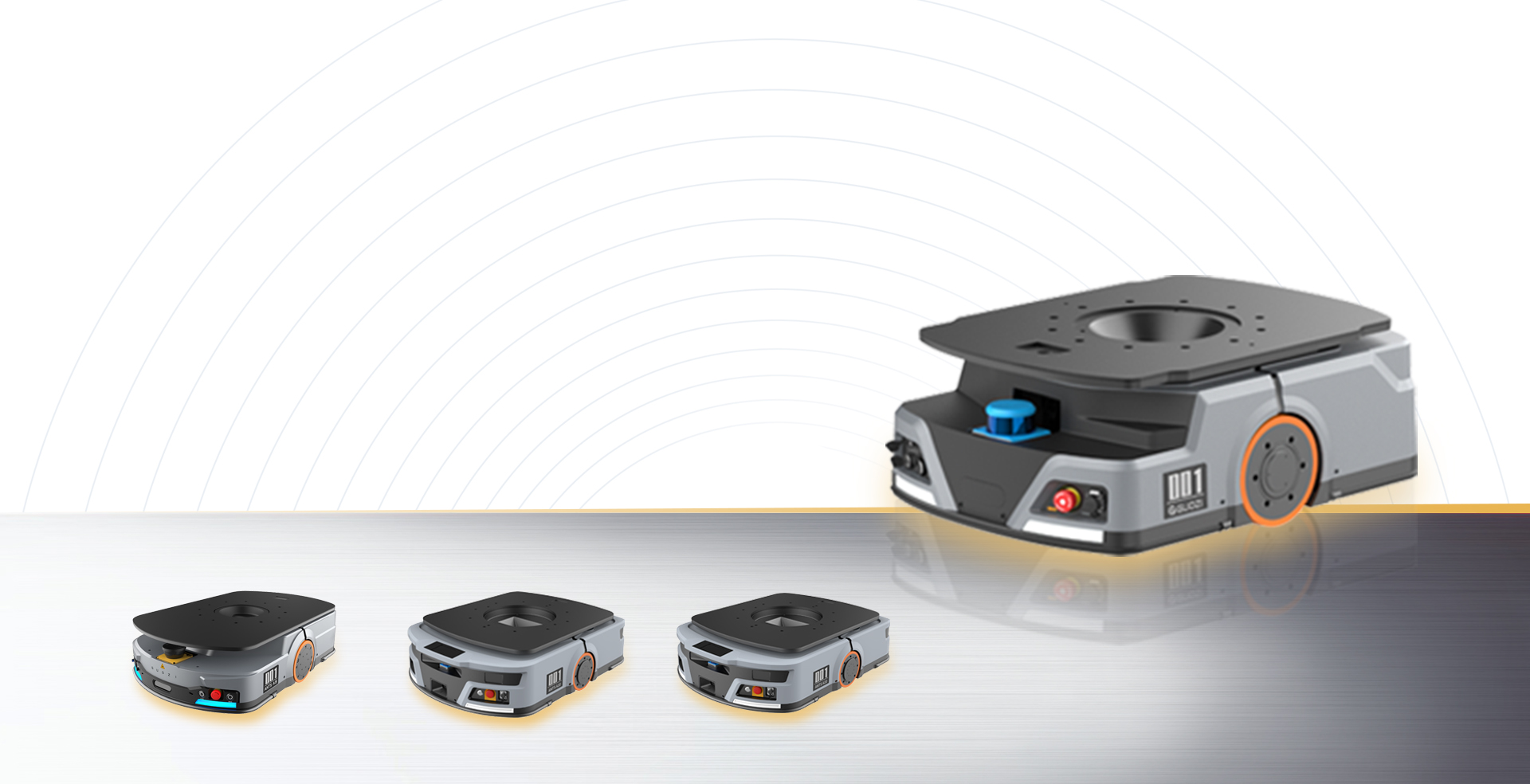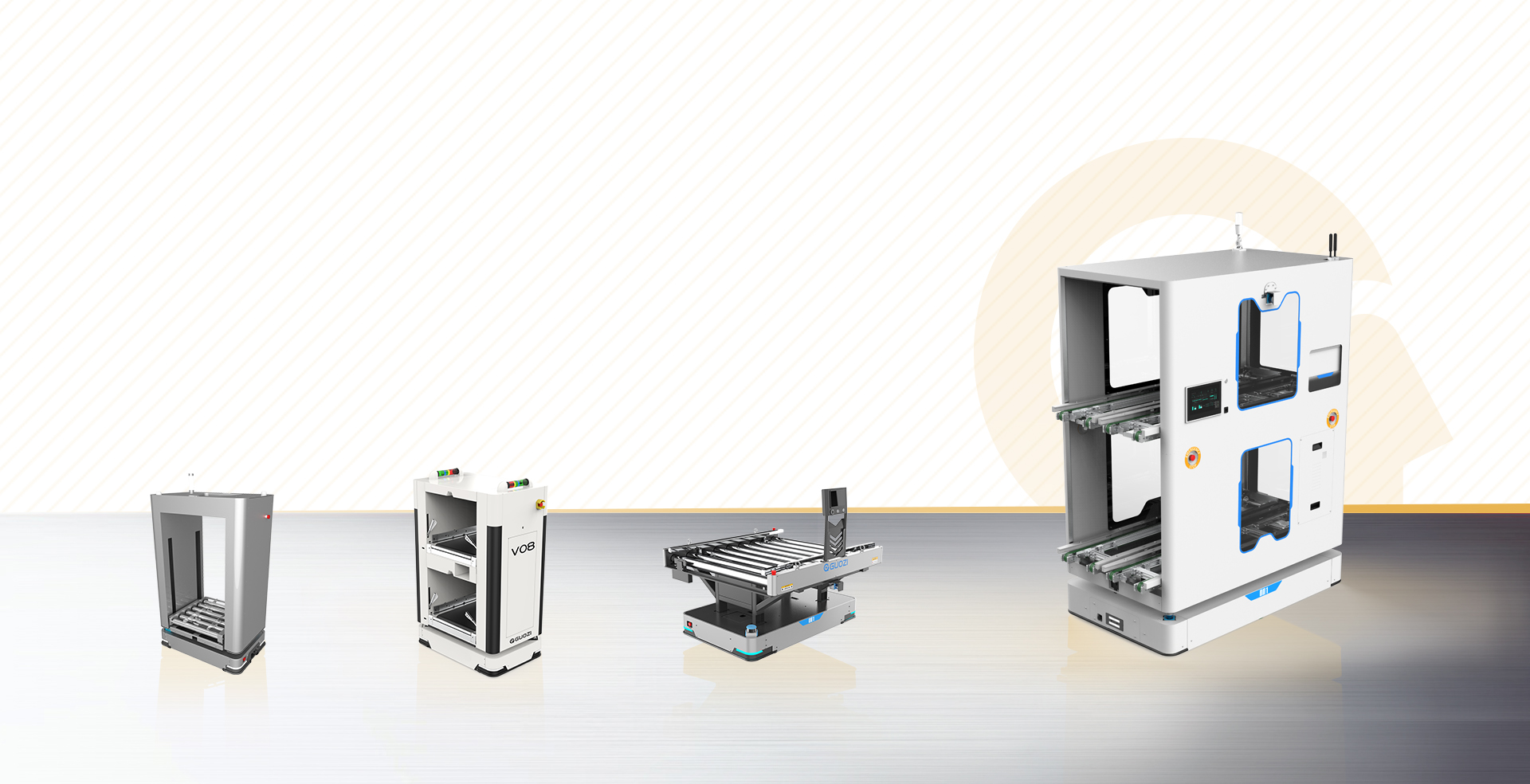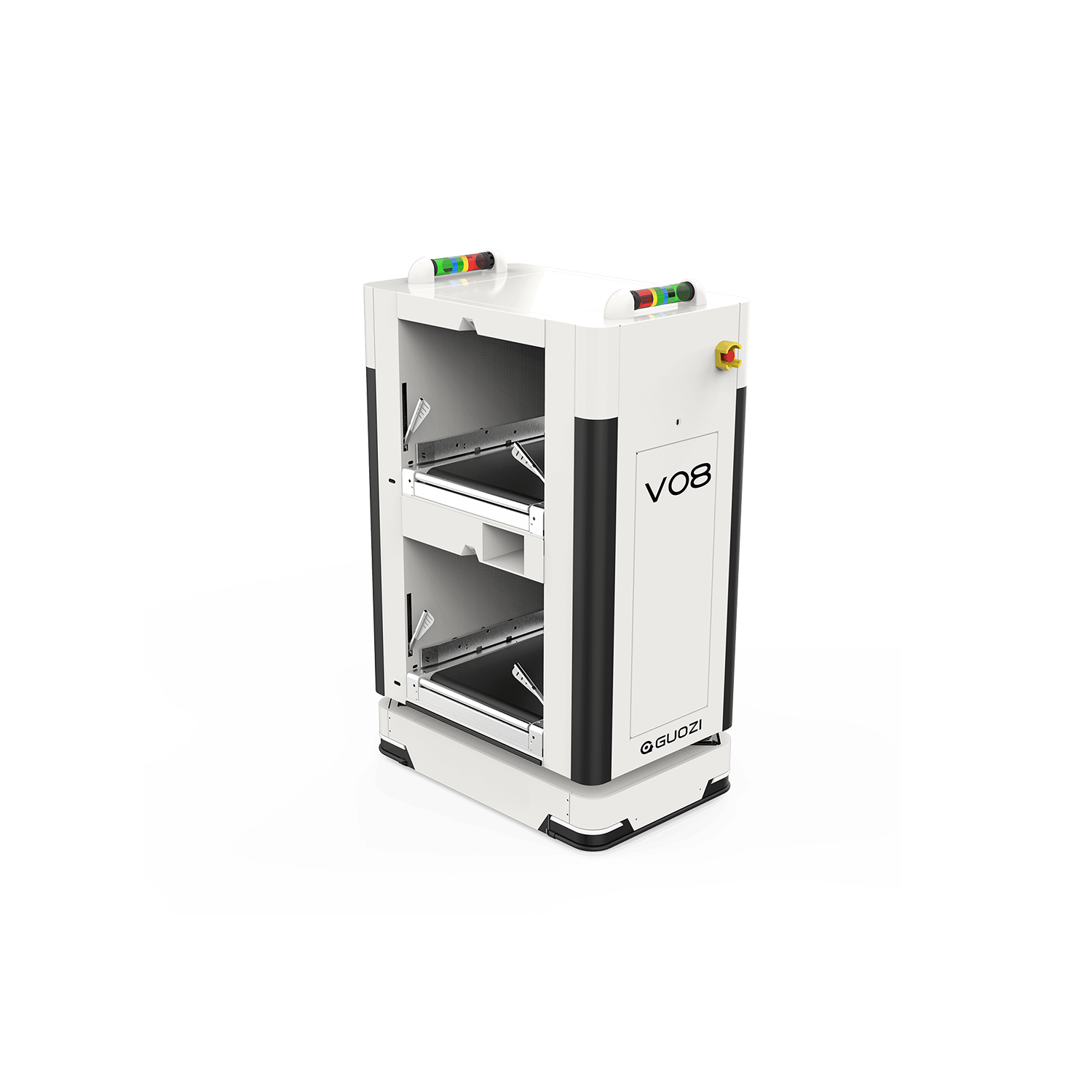With the continuous progress of science and technology, robotics is increasingly used in various fields. In the field of heavy item handling, robotic solutions are gradually becoming a new trend in the industry. In this paper, we will discuss the development prospects of heavy item handling robots from the aspects of innovative technology, market demand and future development trend.
Robots Innovations in heavy item handling
1. Intelligent handling
Traditional heavy item handling often relies on manual operation, which is not only inefficient, but also has safety hazards. The emergence of intelligent handling robots has realized the following innovations:
(1) Autonomous navigation: through LIDAR, visual recognition and other technologies, the robot is able to navigate autonomously in complex environments and avoid obstacles.
(2) Intelligent scheduling: based on big data and cloud computing, the robot can achieve intelligent scheduling of handling tasks and optimize the handling process.
2. Human-robot cooperative operation
Human-robot cooperative operation is another major innovation of robotics in heavy load handling, which is mainly embodied in the following aspects:
(1) Strength enhancement: robots can assist workers to for heavy lifting, reducing the labor intensity of workers.
(2) Precise operation: the robot can perform precise handling operations to improve the quality of work.
3. Multi-functional integration
Modern handling robots are no longer single-function devices, but integrated with a variety of functions, such as:
(1) Integration of handling and inspection: the robot, in the handling process that can perform quality inspection of the items.
(2) Integration of handling and storage: the robot is able to automatically place the items into the designated storage location after the handling is completed.
Market Demand and Prospect Analysis
1. Market Demand
(1) Labor Shortage: with the aging of the population, structural shortages occur in the labor market, and robots have become an effective way to alleviate the problem. problem in an effective way.
(2) Production safety requirements: increased awareness of production safety has made companies pay more attention to the use of robots to reduce workplace accidents.
2. Market Prospects
(1) Market Scale: The market for heavy item handling robots is expected to maintain a high growth rate in the coming years.
(2) Application Expansion: In addition to the traditional manufacturing and logistics industries, robotic handling solutions are gradually expanding into construction, energy, and other fields.
Future Development Trends
1. Technological Innovation
(1) Artificial Intelligence: Improvement of robot's environment perception and decision-making ability through deep learning and other technologies.
(2) Energy technology: develop more efficient battery technology with better range to meet the needs of heavy-duty handling robots.
2. Product diversification
To meet the needs of different industries and scenarios, handling robots will develop towards diversification and customization.
3. Cost reduction
With the maturity of the technology and large-scale production, the cost of the robotic handling solutions will be gradually reduced, and become more affordable.
The application of robotic technology in the field of heavy goods handling is gradually deepening, and its innovation and market potential have been widely recognized by the industry. In the face of the future, we expect robotics to bring more efficient and safe solutions for heavy goods handling, and promote the transformation and upgrading of the entire logistics industry.








